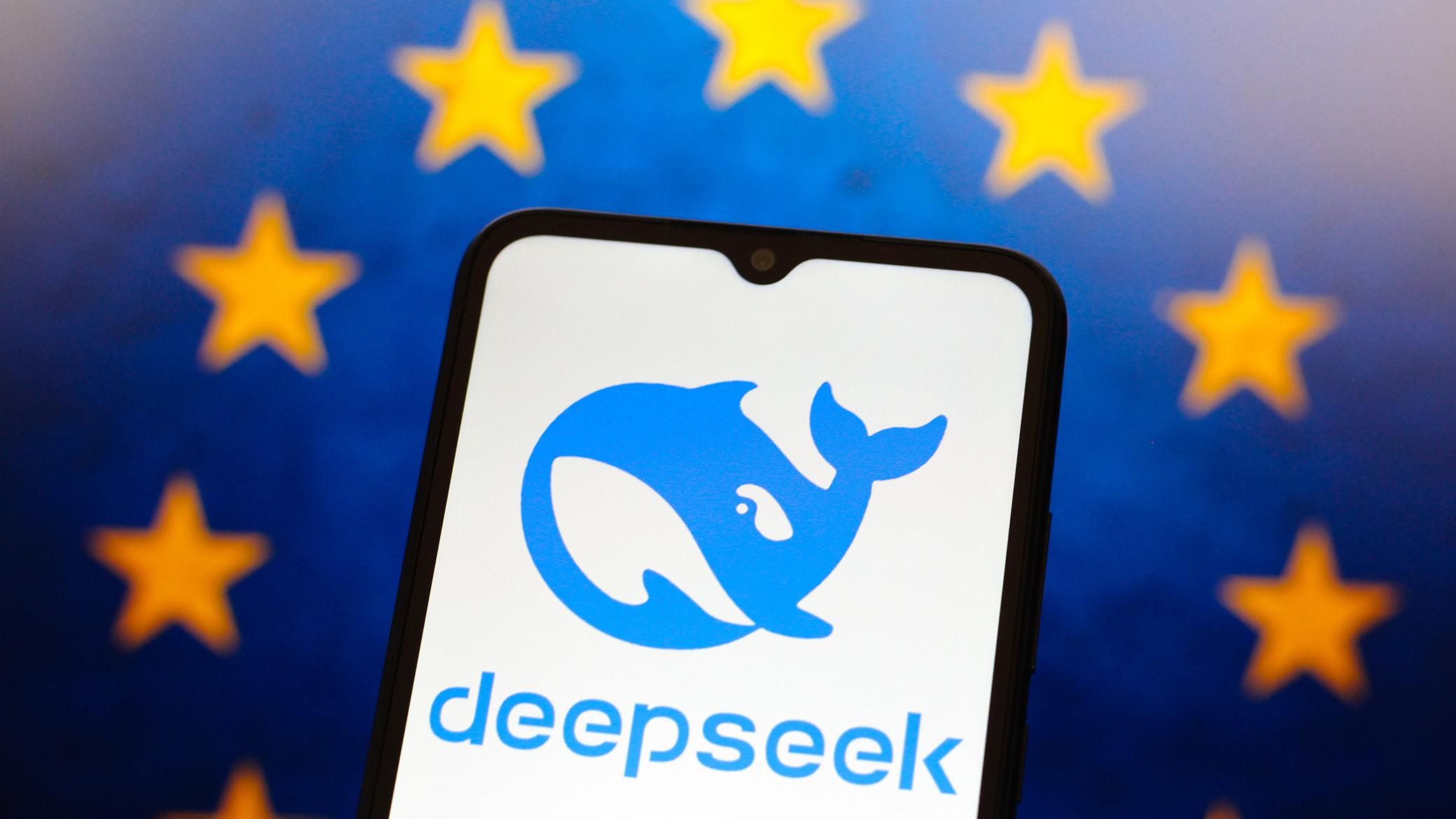Is It a Challenge or a Chance for Europe?

Navigating the AI Act: Implications for Fine-Tuning AI Models in Europe
In recent discussions surrounding the European Union’s AI Act, clarity has emerged on how fine-tuning AI models may be treated in terms of regulation. Specifically, according to sources from the European Parliament and European Council relayed to the Center for Strategic and International Studies (CSIS), fine-tuning a model does not immediately impose extensive regulatory requirements. The focus is instead on the upstream model that serves as the foundation for various applications within the AI ecosystem.
Understanding the AI Act and Fine-Tuning
Regulatory Obligations for Fine-Tuning
The AI Act aims to regulate models that are classified as General Purpose AI (GPAI) models. For organizations that engage in fine-tuning, the requirements are more straightforward. Rather than requiring comprehensive documentation, a fine-tuner merely needs to supplement existing data provided by the upstream model’s creator, detailing changes made during the fine-tuning process.
Example: Law Firm Fine-Tuning GPT-4
- A law firm that fine-tunes GPT-4 with relevant legal cases does not need to draft extensive technical documents. The firm simply needs to update the existing documentation to reflect how it adapted GPT-4 and which datasets were used (i.e., relevant case laws).
Evaluation Steps for AI Models
The evaluation process for fine-tuned models consists of two main steps:
Step 1: Confirm Fine-Tuning Status
If the AI Office determines that a model, such as DeepSeek R1, involves techniques deemed as fine-tuning, it will only need to provide supplementary information as it moves through the AI value chain. Evidence from DeepSeek would need to demonstrate compliance with these simpler provisions.
Step 2: Assessing Model Status
Should the AI Office classify R1 as an entirely new model, the more stringent GPAI regulations will apply starting from August 2, 2025. Existing models must meet compliance requirements by August 2, 2027. However, if DeepSeek’s model remains below the 10^25 FLOPs threshold, the obligations could be less stringent.
Designation as GPAI Model with Systemic Risk
When evaluating R1, EU regulators must evaluate its classification. Even if R1 is below the FLOPs threshold, it could still be deemed a GPAI model with systemic risk based on a variety of factors, including:
- Number of parameters
- Size of the training dataset
- Number of business users
Being designated as a model with systemic risk requires adherence to advanced regulatory measures, including model evaluations and cybersecurity protocols.
Opportunities and Challenges Ahead
The implications of the AI Office’s decisions can shape the European AI landscape significantly. As firms like DeepSeek demonstrate that they can compete against larger models with less computing power and cost, the potential for innovation increases.
Different Scenarios Following the AI Office’s Assessment
Scenario 1: Mere Fine-Tuning Classification
If R1 is classified as fine-tuning, European startups may rapidly emerge, positioning themselves as competitors to larger U.S. AI firms. These startups could innovate without the stringent regulations imposed by the AI Act, potentially leading to a surge in AI-driven solutions and services across Europe.
Scenario 2: R1 Classified as a GPAI Model
If R1 is treated as a GPAI model, it will be subject to higher compliance standards. While this might curb rapid innovation by smaller firms, it ensures a level of oversight that protects consumers and businesses. By participating in the AI Act’s regulations, both U.S. companies and EU startups can maintain a competitive landscape.
In either scenario, it is clear that the regulatory landscape surrounding AI is evolving, and active engagement in shaping these rules is critical for companies seeking to thrive in this space.
Balancing Innovation and Compliance
The European Union’s broader strategy around AI centers on enhancing competitiveness while ensuring safety and privacy for users. The evolution of the AI Act continues to influence how companies, both existing and new, navigate the complexities of regulatory compliance.
As European officials and companies explore these avenues, the need for a balance between innovation and regulatory oversight remains paramount. Businesses must adapt to comply with standards while leveraging new opportunities that emerge in this rapidly shifting environment.






